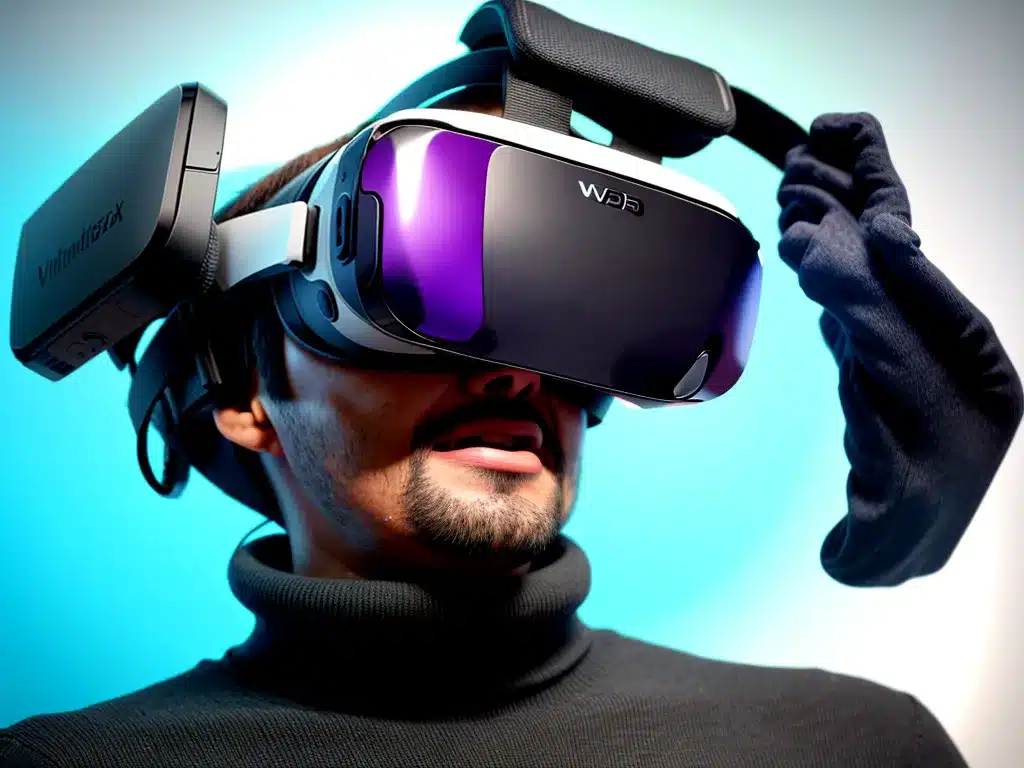Introduction
In 2024, VR headsets will likely require significant graphics processing power to deliver immersive and realistic virtual experiences. As VR technology continues to advance rapidly, headsets are incorporating higher resolution displays, wider fields of view, and additional sensors that enable new capabilities like hand tracking. To render increasingly complex virtual worlds at high frame rates, future VR headsets will need powerful next-generation GPUs and optimized software.
Display Resolution
Current consumer VR headsets like the Oculus Quest 2 and Valve Index have resolutions around 1800×1920 per eye. But future headsets will likely go much higher, perhaps to over 4000×4000 per eye to eliminate screen door effect and achieve “retina” resolution. Rendering such high resolutions for VR requires major GPU power.
For example, the upcoming Pimax Reality 12K headset has a resolution of 11520×2160. To render games at 90 FPS in this headset, a GPU equivalent to an RTX 3090 or Radeon 6900 XT will be needed. Even higher resolutions expected by 2024 will require multiple next-gen flagship GPUs.
Field of View
In addition to higher resolution, future VR headsets will increase field of view (FOV) to provide greater immersion. The human eye sees about 180 degrees horizontally, but current headsets only achieve 100-110 degrees.
By 2024, advanced headsets may reach 140-150 degrees FOV or more. Rending a wider FOV magnifies GPU requirements. A 130 degree FOV at 18K resolution could require up to 2-3 times more GPU power than current headsets.
Foveated Rendering
Foveated rendering is a promising technique to boost VR performance. It uses eye tracking to only fully render the small central FOV we see clearly, reducing quality towards the periphery.
Foveated rendering could allow headsets to render 4K per eye using a GPU comparable to a GTX 1080 rather than an RTX 3090. But wide adoption is still unknown. Conservative GPU estimates are still wise for 2024 headsets.
Higher Refresh Rates
Current headsets target 90-120 Hz refresh rates. But for optimal comfort and realism, refresh rates of 140-180 Hz will be desired. This will continue increasing GPU requirements.
Driving a hypothetical 4000×4000 per eye VR headset at 140 Hz will require strong GPU architectures and at least 16-32 GB of video memory.
Hand Tracking and Body Tracking
New capabilities like hand tracking and body tracking are coming to headsets like the Oculus Quest. While this enables more natural interaction, it requires additional processing power to track and render realistic hand models and full body avatars.
Integrated hand/body tracking could add another 30% or more to the GPU load for future headsets.
Minimum and Recommended Specs
Given these trends, a minimum GPU for VR in 2024 may need to benchmark around 2-3x faster than today’s RTX 3060 or Radeon 6600 XT cards.
For a smoother experience, a GPU 5-6x faster than those cards, benchmarking at least 2x faster than an RTX 3090, will be recommended.
Top-end GPUs in 2024 could achieve this while new rendering techniques help optimize performance. But expect high system requirements for uncompromised VR.
Conclusion
To power hyper-realistic virtual worlds, VR headsets in 2024 will likely require GPUs multiple times more powerful than today’s flagships. Resolution, FOV, refresh rate, and other innovations all contribute to increasing graphics workload. While techniques like foveated rendering will help, future VR will continue pushing the limits of GPU power. Systems with multiple high-end GPUs may become the new benchmark for cutting-edge VR. But the result will be VR experiences more immersive than anything before.













